SANSHO THE BAILIFF (1954)
In medieval Japan, a compassionate governor is sent into exile. His wife and children try to join him, but are separated, and the children grow up amid suffering and oppression.
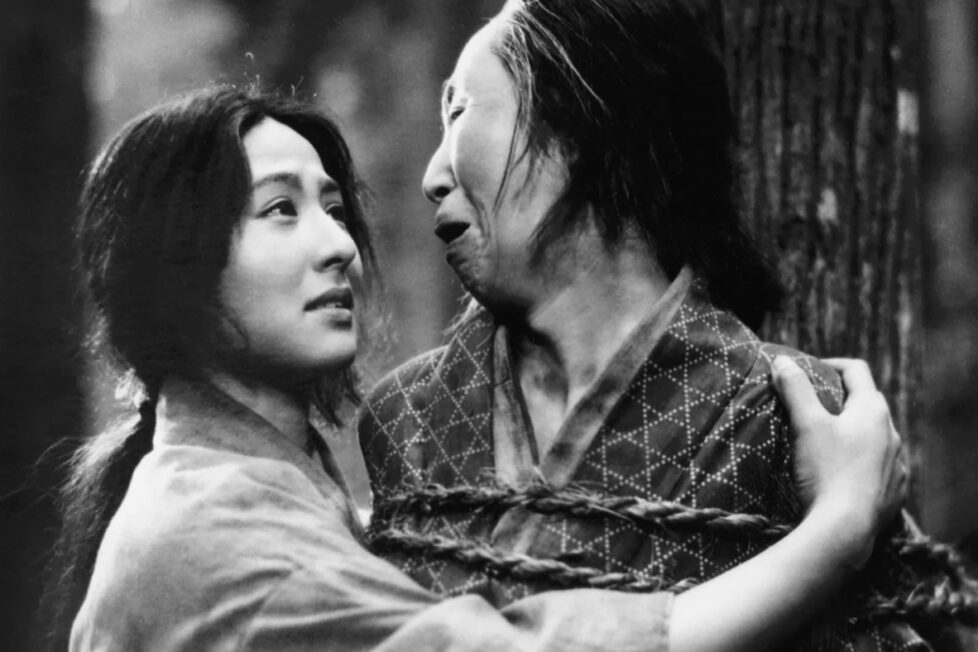
In medieval Japan, a compassionate governor is sent into exile. His wife and children try to join him, but are separated, and the children grow up amid suffering and oppression.


The Golden Age of Japanese cinema is said to have occurred in the 1950s. During this period, screen legends would make arguably their greatest contributions to the filmmaking medium. Yasujirō Ozu’s Tokyo Story (1953) would cement him as being one of the most singular visionaries of all time, with the film hailed as the greatest ever made in a 2012 Sight and Sound poll of critics. Akira Kurosawa achieved worldwide acclaim for his film Rashomon (1950), which is unanimously considered the first of his many perfect cinematic efforts.
However, the final name that completes this trifecta of Japanese Golden Age auteurs is perhaps the least well-known of the three: Kenji Mizoguchi. From The Story of the Last Chrysanthemums (1939) to Ugetsu (1953), Mizoguchi demonstrated he was a director of immense talent and scope. However, when most people think about Mizoguchi, they think of the haunting film Sansho the Bailiff / 山椒大夫, an epic tale of abject suffering and institutionalised cruelty.
A small boy named Zushiō (Masahiko Tsugawa) is the son of Governor Taira no Masauji (Masao Shimizu), an unusually benevolent leader in 11th-century Japan. However, his virtuous demeanour has aroused the ire of his superiors. Considered to be too understanding of his populace, he’s exiled, leaving young Zushiō, his mother Tamaki (Kinuyo Tanaka), and younger sister Anju (Kyōko Kagawa) to fend for themselves. But when the three are abducted and sold into slavery and prostitution, they must try to stay alive, while also maintaining the integrity of their souls.
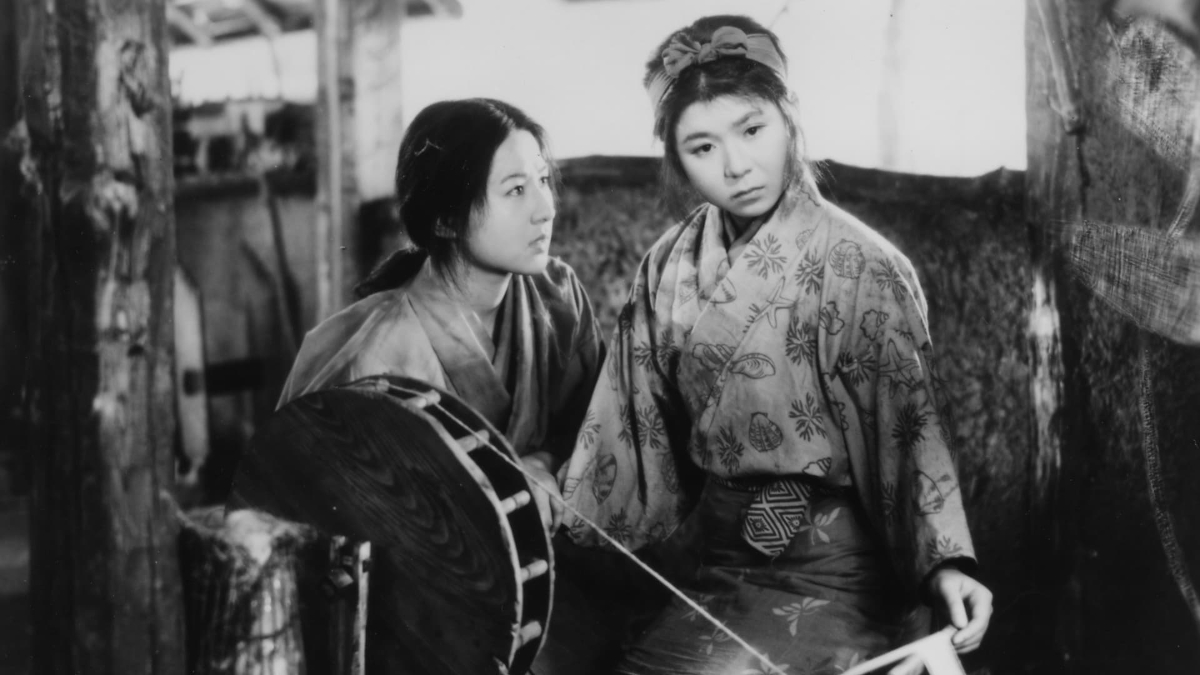
Mizoguchi’s masterpiece stands apart from the films of other Japanese auteurs. Don’t expect the thrilling adventures found in Kurosawa’s jidaigeki epics, like The Hidden Fortress (1958). Instead, Mizoguchi’s film feels more like a combination of Ozu’s quiet, pensive examinations of the human condition and Nagisa Oshima’s anxiety-inducing cinema of despair and devastation. As a portrayal of societal apathy and indifference to human suffering, Mizoguchi’s film remains powerful. However, its relentless depiction of torment may make it a touch too bleak for some viewers.
Sansho the Bailiff, much like the latter half of Mizoguchi’s oeuvre, is noted for its stunning cinematography. Here, however, particular credit should be given to the Director of Photography, Kazuo Miyagawa. He achieves the difficult feat of imbuing breathtaking, elaborate shots with surprising realism. Mizoguchi’s trust in Miyagawa was such that he awarded him complete control over the shot design.
Mizoguchi’s faith was not misplaced. Several shots in this film could be cut out and framed as paintings. Perhaps most importantly, Miyagawa’s blocking and staging are seamless, ensuring that the action is never impeded and the camera never feels out of place. Furthermore, the camera is never static, and the long takes showcase his prodigious ability to craft a scene visually. This is a film that could be enjoyed just as much on mute; it’s a gorgeous display of photography in motion.
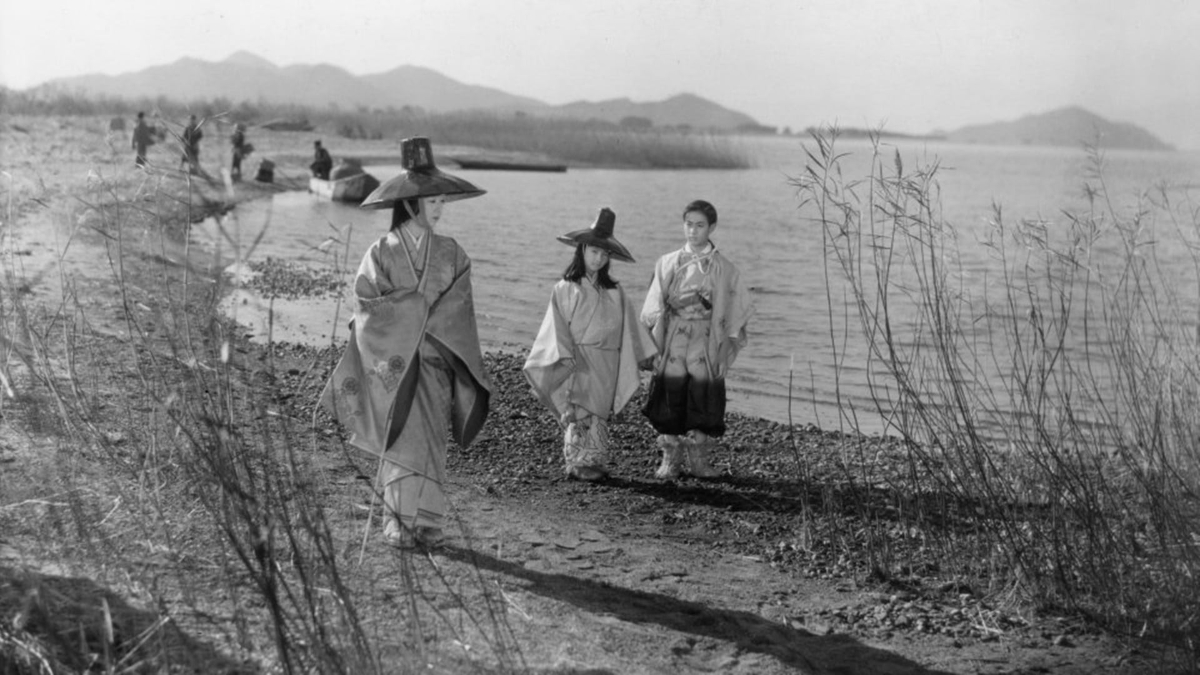
There are a few sequences where Miyagawa’s talent for crafting haunting imagery emerges as the high point of the film. Early in the story, 10 years after Zushiō (Yoshiaki Hanayagi) and Anju were captured, it becomes clear that Zushiō’s heart has been turned to stone by the sheer amount of cruelty he has been forced to endure—and inflict.
In a pivotal scene, Zushiō is ordered to brand a prisoner’s forehead as punishment for attempting to escape. He carries out the task mechanically, seemingly forgetting his father’s maxim: “A man is not a human being without mercy.” As the camera drifts to the scorching fire, then slowly moves towards the wincing faces of onlookers witnessing the unfathomable cruelty, Miyagawa’s camerawork conveys the visceral agony of the punishment without explicitly depicting it.
Similarly, as Anju walks through the forest, trying to evade her inevitable capture and torture for her part in Zushiō’s escape, she enters a lake, never to be seen again. Miyagawa’s lighting and composition create a truly harrowing image. Anju’s suicide is portrayed as strikingly serene in contrast to the life she leads. As she accepts her death, her choice is framed in a patient, steady shot. The tranquillity she finally finds is communicated through the camerawork.
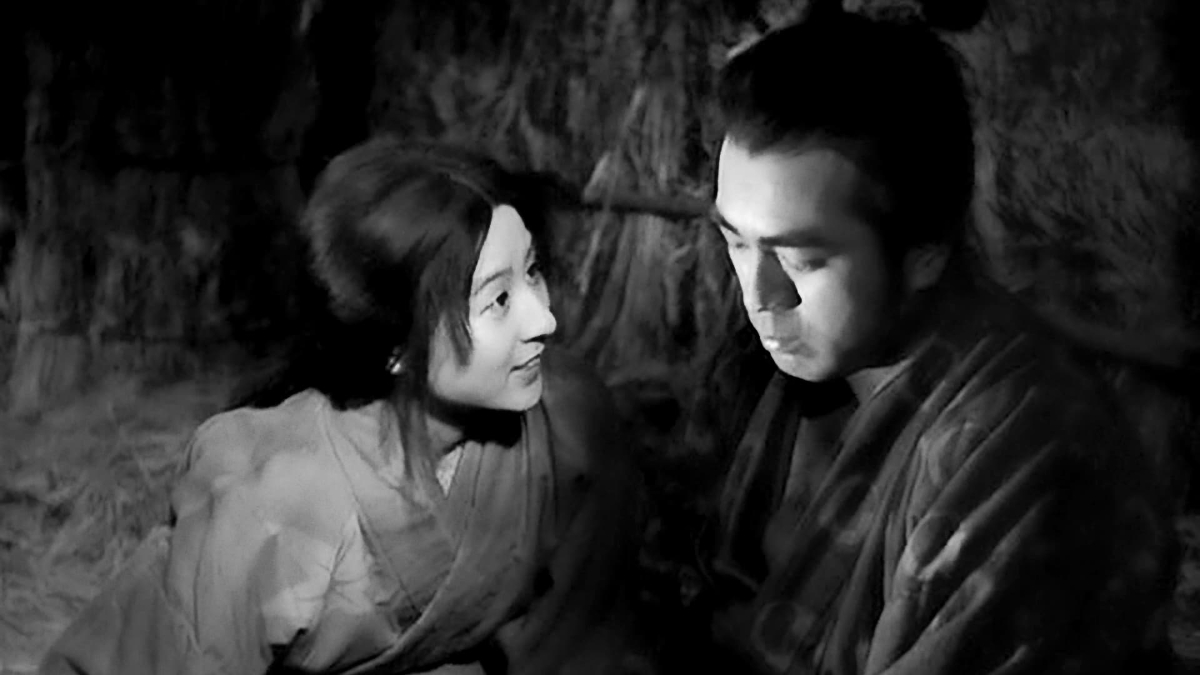
The film’s symbolism also deserves praise. Before Zushiō’s father is banished into exile, he gifts him a small figurine: the Goddess of Mercy. This trinket becomes emblematic of all his teachings, representing one of the story’s central themes: the need for love and compassion in a cold, unfeeling world. Indeed, it’s his compassion as a governor that leads to his exile, highlighting from the opening sequence how the world treats the precious, costly trait of benevolence.
There is also the theme of innocence, particularly how easily it’s lost in a world rife with greed and vice. Under the rule of Sansho, Zushiō even comes to consider empathy for his fellow man as a naive, foolhardy notion. He argues that it’s simply easier to become another of Sansho’s violent, barbarous thugs, yet he knows it goes against his father’s teachings entirely. A philosophical dilemma troubles Zushiō—how can ideals hope to survive in the real world? “Even children as young as us are sold and bought, treated like animals, and nobody questions it. What a horrible world.”
As he and Anju snap tree branches to cover a dying slave, Zushiō’s memory of his past is invoked: he remembers a time as children when they broke tree limbs to gather firewood. Only then does he realise the unfeeling monster he’s become, truly understanding his father’s axiom. The act acts as a conduit to his distant past, the goddess figurine a vessel for memories of a simpler time, when his worldview remained unchallenged by harsh reality.
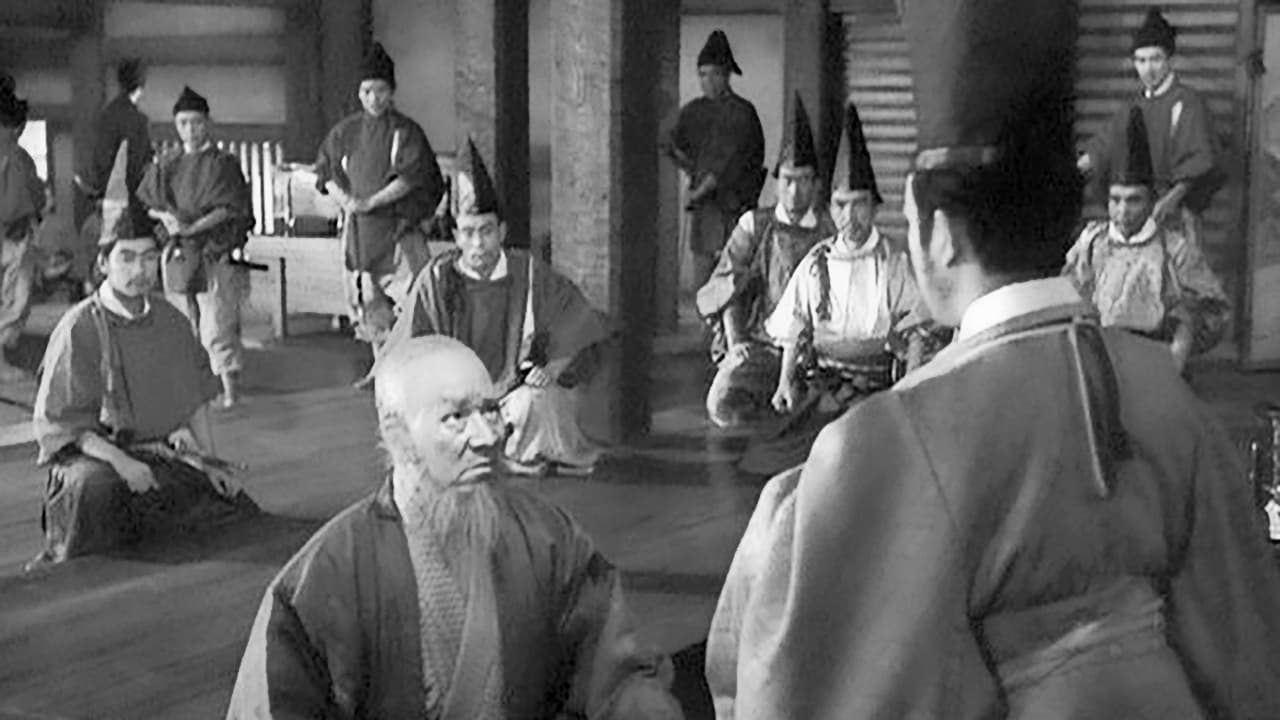
Here, we find the central message of Mizoguchi’s film: the stifling, paralysing lack of empathy in the world. “I found that humans have little sympathy for things that don’t directly concern them. […] Unless those hearts can be changed, the world you dream of cannot come true.” Zushiō’s central shift as a character—which also marks the point where the film finally shifts into second gear—comes with his realisation that, to effect real change in the world, it must start with empathy. The Goddess of Mercy has stretched her fingers into his heart and slowly, but surely, she has started to put it back together.
With this in mind, it’s worthwhile turning to a question I was faced with in watching this film: why is it called Sansho the Bailiff? Despite being the principal antagonist, he’s very rarely onscreen and functions more as a peripheral character. While Mizoguchi had originally intended for the story to be focused on the malevolent, psychopathic slaver, he ultimately decided to change the narrative centre to focus more on Anju and Zushiô. Given this fact, it felt odd that he kept the same title.
However, one could infer that he did this to comment on Sansho’s position in society. As a slaver, he’s a central and powerful figure within the feudal system. Perhaps, by keeping the title as Sansho the Bailiff, Mizoguchi was tacitly suggesting the prominence of such figures in a society built upon human suffering. They are essential for the continued functioning of this cruel world. Of course, this is just speculation; there could just as easily have been no reason behind the decision at all.
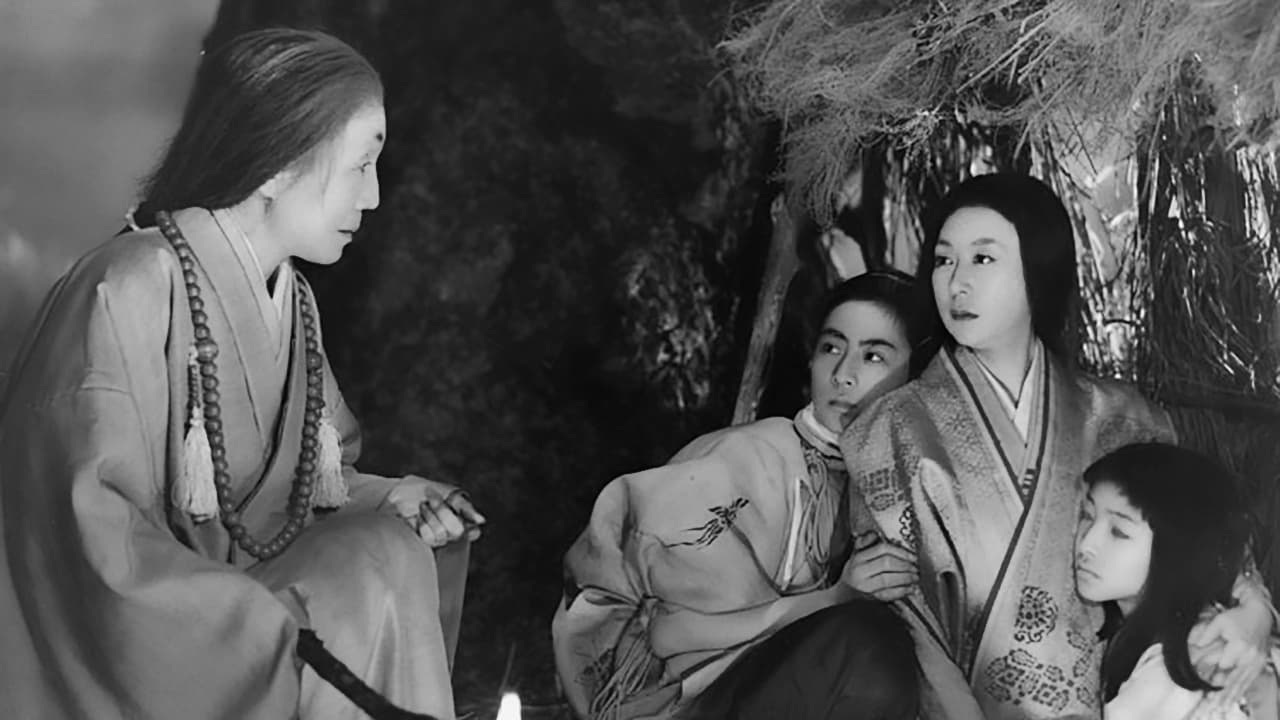
Despite the film’s many merits, I couldn’t help but feel a lack of immersion. Perhaps the biggest hurdle preventing me from truly loving the film was its unchanging tone. The film is unfaltering in its bleakness, its utter despondency and despair. By never deviating from its monotonous exploration of pain and suffering, the film can, at times, hinder genuine emotional engagement. We need glimpses of light to truly appreciate the darkness, but Mizoguchi’s film paints a black picture solely of the world’s profound suffering.
Paradoxically, it’s clear that making a film so unremittingly grim has an ironic, unintended effect: after a while, it stops being impactful, and we too become a little apathetic. Since we never see Anju and Zushiô happy, we grow accustomed to their suffering, while the effectiveness of their performances diminishes as the film progresses.
The performances themselves might also be a contributing factor. There’s a lack of subtlety. Unlike Hollywood acting styles of the period, there’s no tendency for the actors to simply emote through their eyes alone. Instead, Hanayagi and Kagawa swing between muted, understated performances and manic portrayals of grief and anguish. While one could argue that this is meant to depict turbulent emotions being repressed until they erupt in an uncontrollable torrent of mania, it simply feels too exaggerated without any intermediate stages. Consequently, I found it difficult to identify with them in certain situations.
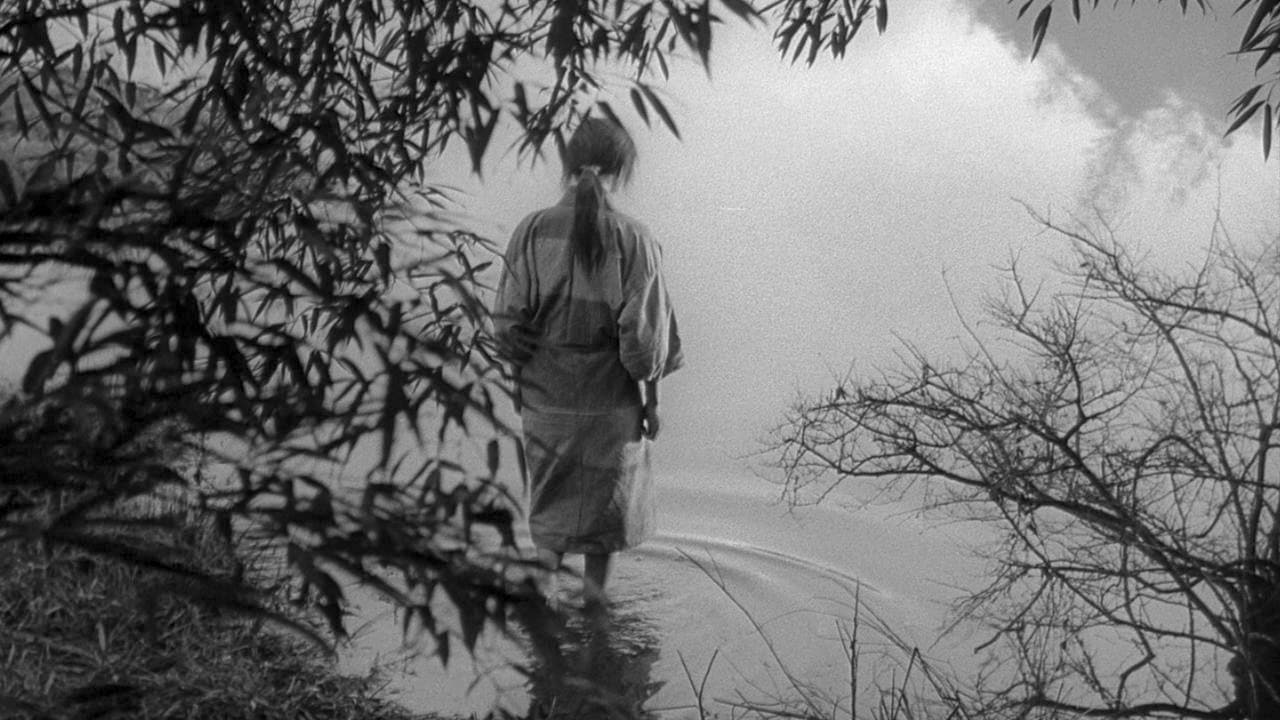
However, the film remains a startling exploration of how essential compassion is for a just society. It also highlights the difficulty of achieving such a society. While Japanese director Nagisa Oshima famously claimed to despise all Japanese cinema, many comparisons can be drawn between this film and some of his most infamous works.
Most notably, his highly controversial In the Realm of the Senses (1976) juxtaposes the impossibility of love within a fascist, totalitarian society. Much like in Mizoguchi’s film, there’s an examination of how love and passion are crushed and trampled by societal restrictions, and affection is starkly contrasted against the unfeeling cruelty of real-world dynamics.
I can also see how it influenced Steve McQueen’s 12 Years a Slave (2013). This is, of course, partly due to the subject matter being practically identical, but it’s also a result of their similarities in terms of narrative structure. Both films delve deeply into despair and how close it comes to overwhelming the protagonists. However, McQueen strikes a balance that Mizoguchi doesn’t, allowing for short, necessary respites from utter dejection while still maintaining tonal consistency.
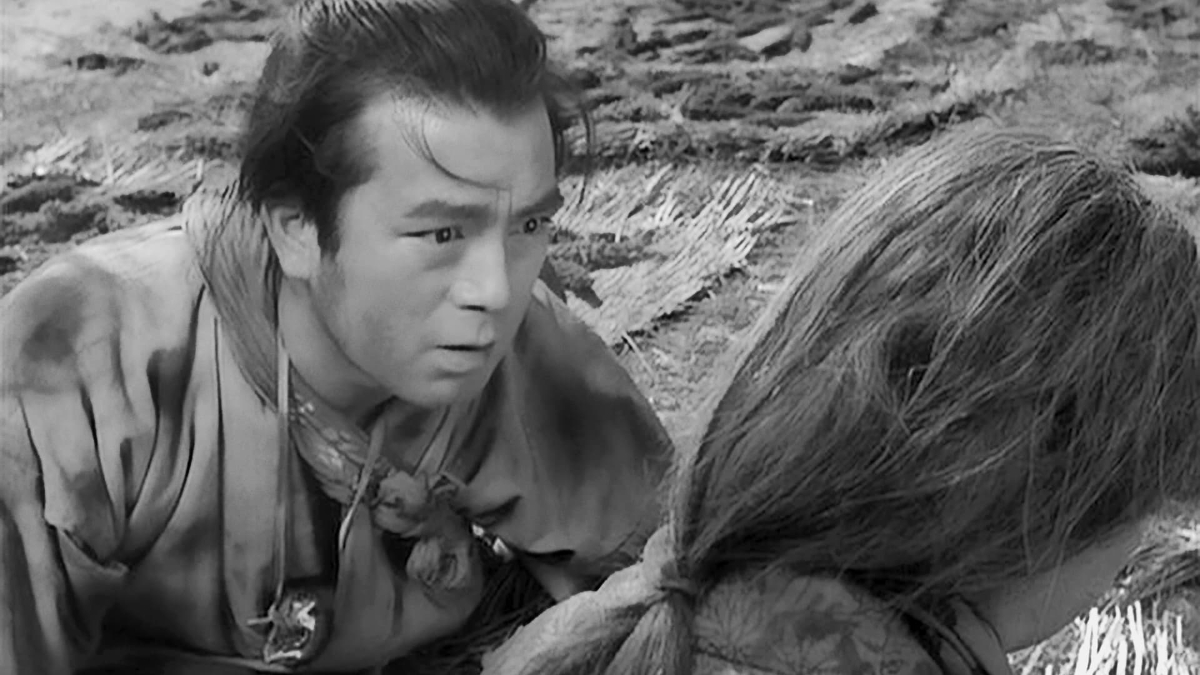
“Everyone’s entitled to their happiness,” Taira no Masauji intoned solemnly to his son. It will only be years later until Zushiô realises the importance of his words: having risen to a position of power, he uses his authority to effect good in the world. But now he is faced with an even more arduous task: forgiving himself for the crimes he committed against others. By this point in time, Zushiô has already denied happiness to many under the instruction of the villainous Sansho.
Sobbing on a beach, Tamaki assures Zushiô that his father would be proud of him. This scene is a devastating look at the anguish of regret and the dawning realisation that ideals shatter under the weight of earthly forces. In this way, Mizoguchi’s film becomes a treatise on the pervasive greed and self-interest that constantly threatens to destroy the world, while also offering a glimpse of the haunted, virtuous souls who might yet save it.
JAPAN | 1954 | 124 MINUTES | 1.33:1 | BLACK & WHITE | JAPANESE

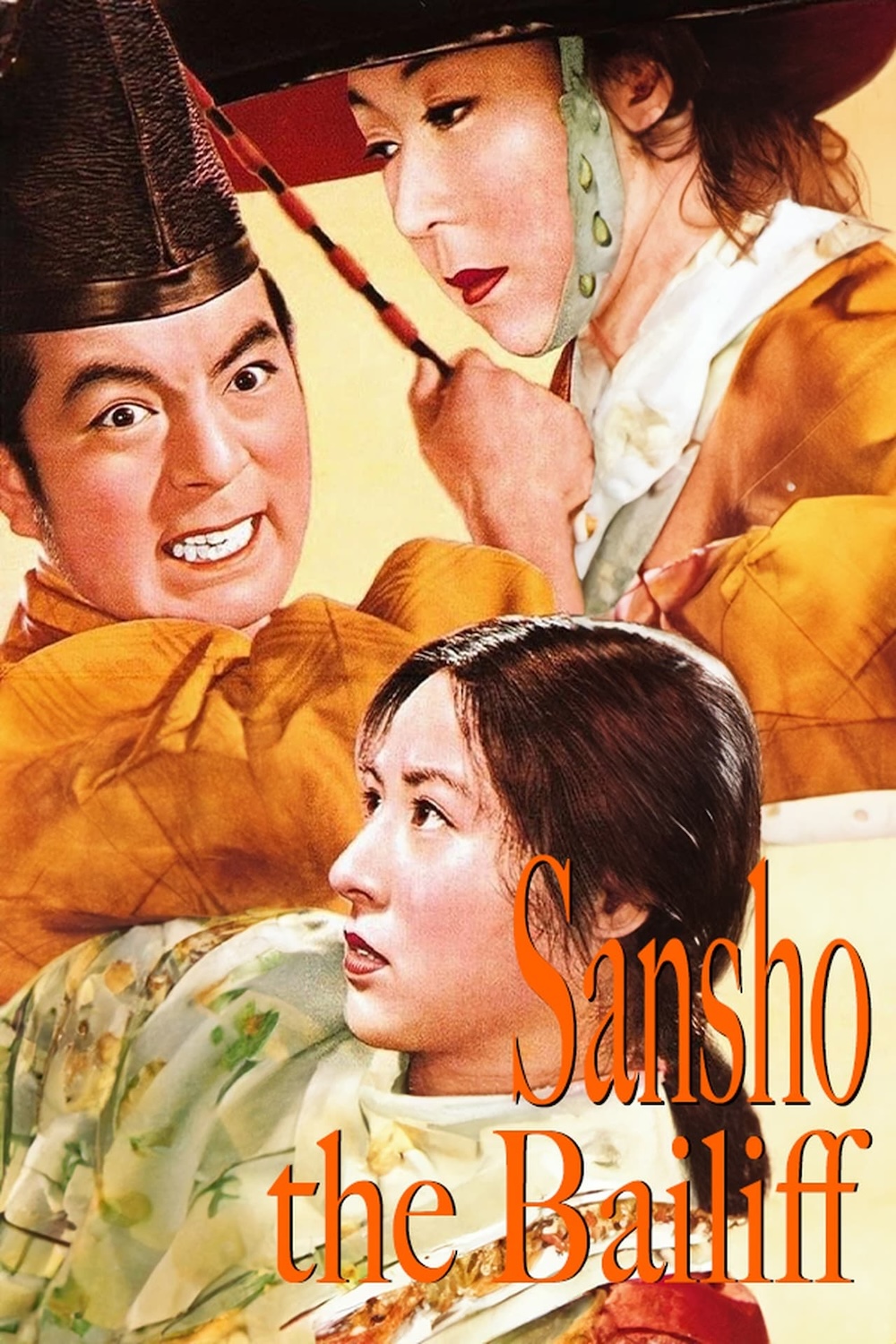
director: Kenji Mizoguchi.
writers: Fuji Yahiro & Yoshikata Yoda (based on the short story by Mori Ōgai).
starring: Kinuyo Tanaka, Kyōko Kagawa, Eitarō Shindō, Yoshiaki Hanayagi, Ichirō Sugai, Ken Mitsuda & Masao Shimizu.
